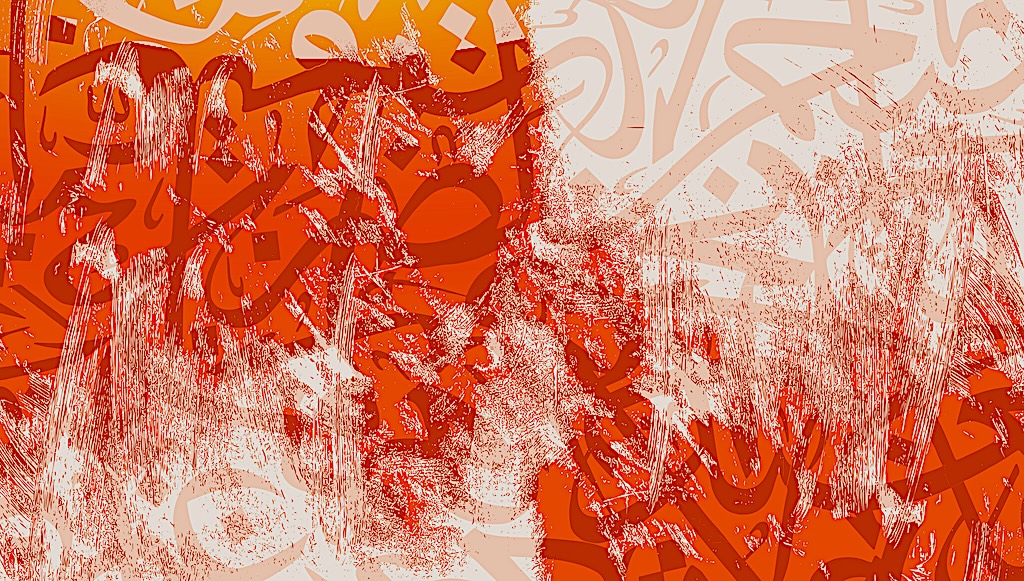Modern Standard Arabic (MSA) is considered the common root of all contemporary Arabic dialects. It remains the language of the Holy Qur’an, school curricula, official speeches, and formal media. MSA is characterized by a highly precise grammatical system and standardized pronunciation that ensures mutual understanding among Arabic speakers, reinforcing its status as an official language of communication across Arab countries.
In contrast, colloquial dialects are the primary means of communication in everyday life. They vary by country, and sometimes even between regions within the same country. For instance, Egyptian Arabic remains distinct from Levantine or Gulf dialects, yet there is a significant level of similarity that often facilitates understanding among Arabs, especially with the rise of cultural and media exchange across the region.
Both MSA and colloquial dialects play complementary roles. While MSA preserves the unity of the Arabic languageand its cultural identity, colloquial dialects act as a mirror of daily life, expressing local cultures and giving conversations a warm, informal tone. It is noteworthy that mastering both forms enhances a learner’s ability to comprehend formal texts while also engaging effectively with the surrounding community.
Although colloquial speech is generally easier and closer to the reality of people’s lives, MSA remains the strong bond connecting Arab societies, particularly in academic and formal contexts. Combining proficiency in MSA with the ability to communicate fluently in colloquial dialects gives speakers linguistic richness and adaptability, whether in daily conversations or academic writing.
تُعْتَبَرُ اللُّغَةُ العَرَبِيَّةُ الفُصْحَى بِمَثَابَةِ الأَصْلِ المُشْتَرَكِ لِكَافَّةِ اللهَجَاتِ العَرَبِيَّةِ المُسْتَعْمَلَةِ اليَوْمَ، وَهِيَ مَا زَالَتْ تُشَكِّلُ لُغَةَ القُرْآنِ الكَرِيمِ وَالكُتُبِ المَدْرَسِيَّةِ وَالخُطَبِ الرَّسْمِيَّةِ، إِضَافَةً إِلَى دَوْرِهَا فِي وَسَائِلِ الإِعْلَامِ المُعْتَمَدَةِ. تَتَمَتَّعُ الفُصْحَى بِنِظَامٍ نَحْوِيٍّ بَالِغِ الدِّقَّةِ، وَنُطْقٍ قِيَاسِيٍّ يَضْمَنُ الفَهْمَ المُشْتَرَكِ بَيْنَ المُتَحَدِّثِينَ العَرَبِ، مِمَّا يجعلها لُغَةَ تَوَاصُلٍ رَسْمِيَّةٍ وَعَابِرَةٍ لِلْحُدُودِ بَيْنَ الدُّوَلِ العَرَبِيَّةِ.
فِي المُقَابِلِ، تُعَدُّ اللهَجَاتُ العَامِّيَّةُ وَسِيطَ التَّخَاطُبِ الرَّئِيسَ فِي الحَيَاةِ اليَوْمِيَّةِ؛ فَهِيَ تَتَلَوَّنُ وَتَخْتَلِفُ تَبَعًا لِلْبَلَدِ، وَأَحْيَانًا حَتَّى بِاخْتِلَافِ المَنَاطِقِ دَاخِلَ البَلَدِ الوَاحِدِ. فَعَلَى سَبِيلِ المِثَالِ، تَظَلُّ العَامِّيَّةُ المِصْرِيَّةُ مُتَمَيِّزَةً عَنِ الشَّامِيَّةِ أَوِ الخَلِيجِيَّةِ، مَعَ الإِشَارَةِ إِلَى وُجُودِ قَدْرٍ كَبِيرٍ مِنَ التَّشَابُهَاتِ الَّتِي تُسَهِّلُ التَّفَاهُمَ غَالِبًا بَيْنَ أَبْنَاءِ الوَطَنِ العَرَبِيِّ، خَاصَّةً فِي ظِلِّ التَّلَاقُحِ الثَّقَافِيِّ وَالإِعْلَامِيِّ الإِقْلِيمِيِّ.
وَلِكُلٍّ مِنَ الفُصْحَى وَالعَامِّيَّةِ دَوْرٌ تَكَامُلِيٌّ. فَبَيْنَمَا تُؤَدِّي الفُصْحَى وَظِيفَةَ المُحَافَظَةِ عَلَى وَحْدَةِ اللُّغَةِ وَالهُوِيَّةِ الثَّقَافِيَّةِ العَرَبِيَّةِ، فَإِنَّ العَامِّيَّةَ تَبْرُزُ كَمِرْآةٍ لِحَيَاةِ النَّاسِ اليَوْمِيَّةِ وَتَعْبِيرٍ عَنْ ثَقَافَاتِهِمُ المَحَلِّيَّةِ، وَقَدْ تَمْنَحُ الحِوَارَ الطَّابِعَ البَسِيطَ وَالدَّافِئَ. وَالجَدِيرُ بِالذِّكْرِ أَنَّ تَمَكُّنَ المُتَعَلِّمِ مِنَ المَنْظُومَتَيْنِ يُعَزِّزُ قُدْرَتَهُ عَلَى فَهْمِ النُّصُوصِ الرَّسْمِيَّةِ إِلَى جَانِبِ تَفَاعُلِهِ السَّلِسِ مَعَ المُجْتَمَعِ المُحِيطِ.
وَرَغْمَ أَنَّ العَامِّيَّةَ تَتَّسِمُ غَالِبًا بِالسُّهُولَةِ وَبِالاِقْتِرَابِ مِنْ وَاقِعِ حَيَاةِ الأَفْرَادِ، تَظَلُّ الفُصْحَى الرَّابِطَ المَتِينَ الَّذِي يَرْبِطُ المُجْتَمَعَاتِ العَرَبِيَّةَ بَعْضُهَا بِبَعْضٍ، خَاصَّةً فِي المَجَالاتِ العِلْمِيَّةِ وَالرَّسْمِيَّةِ. إِنَّ الجَمْعَ بَيْنَ إِتْقَانِ الفُصْحَى وَمَهَارَاتِ التَّوَاصُلِ بِالعَامِّيَّةِ يُمْنَحُ المُتَحَدِّثَ ثَرَاءً لُغَوِيًّا وَمَرُونَةً فِي التَّأَقْلُمِ مَعَ مُخْتَلَفِ المَوَاقِفِ، سَوَاءٌ فِي السِّيَاقَاتِ الحِوَارِيَّةِ اليَوْمِيَّةِ أَوْ فِي الكِتَابَةِ الأَكْادِيمِيَّةِ.
https://forms.gle/oGoj7LPk1ETL6yGg6 اختبر نفسك
Test yourself https://forms.gle/7dJDP9mVv9PqwBWPA

